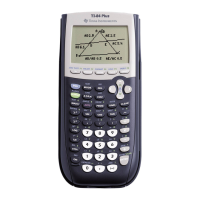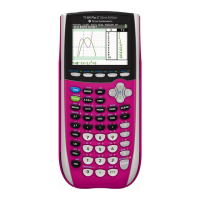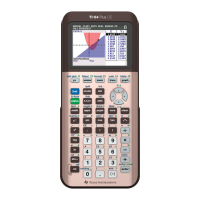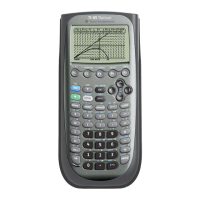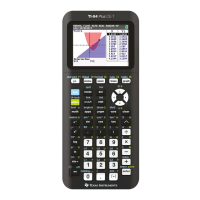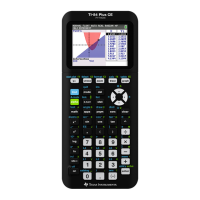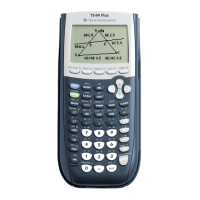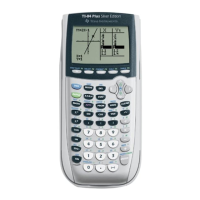34 Chapter 2: TI-83 Plus Specific Information
TI-83 Plus Developer Guide Third Release May 28, 2002
• Output: See Output from a variable search on the Symbol Table section below.
Accessing Programs and AppVar Variables
This type of variable does not have as part of its name a token that signifies its data
type.
The routine to search the Symbol Table for these variables is ChkFindSym.
• Input: OP1 = name of variable to search for
For this routine, the input name must have the data type in the sign byte set
correctly.
If the search is for a program variable having the data type in OP1 set to ProgObj,
the search also finds variables of the ProtProgObj data type.
For example, if an application wants to look up program ABC but does not know
whether it is a normal program, ProgObj, or a protected program, ProtProgObj,
using OP1 as indicated below finds program ABC if it exists and is set to either
program data type.
OP1 +1 +2 +3 +4 +5 +6 +7 +8
ProgObj
05h
tA
41h
tB
42h
tC
43h
00 ? ? ? ?
• Output: Output from a variable search on the Symbol Table section below.
Output from a Variable Search on the Symbol Table
The output is the same for both search routines above.
• Does the variable exist?
The carry flag is set if the variable is not found.
The carry flag is reset if the variable is found.
Example:
B_CALL FindSym ; look up variable in OP1
JR C,NotFound ; jump if it is not created
• What data type is the variable?
When searching for some variables, the type is not always known.
ACC (accumulator) = data type of the variable
OP1 object type is also set to the variable data type.
Note: Only the lower five bits of both the ACC and OP1 are set. The remaining bits are random and
must be masked off to get the correct data type when checking.
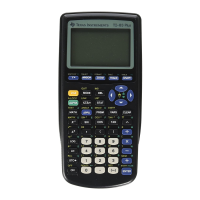
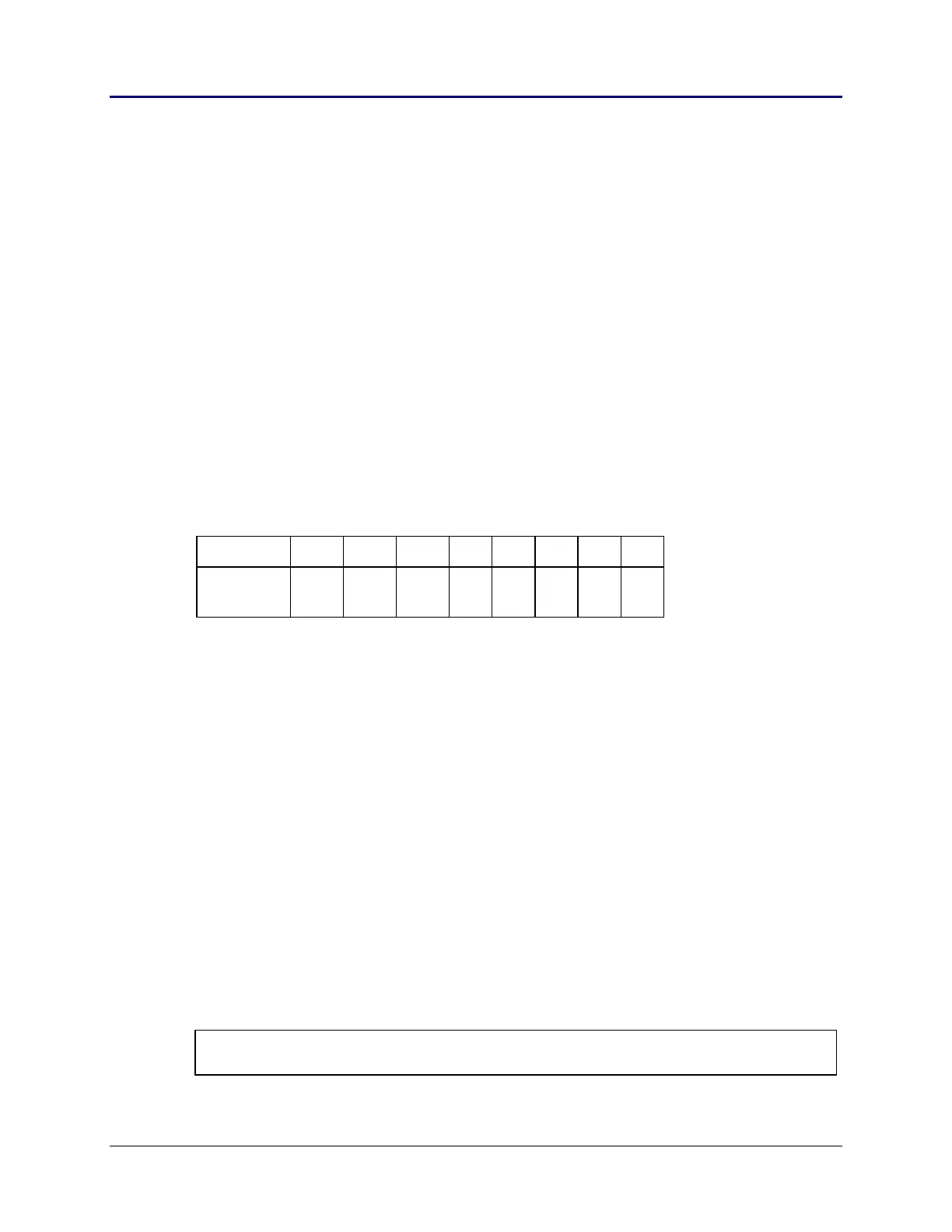